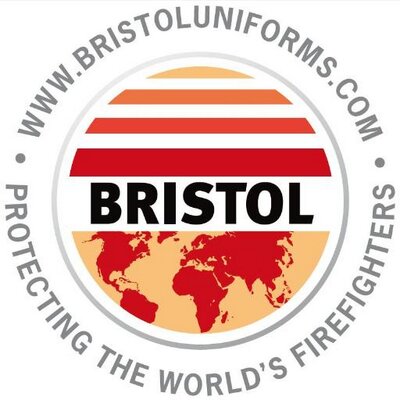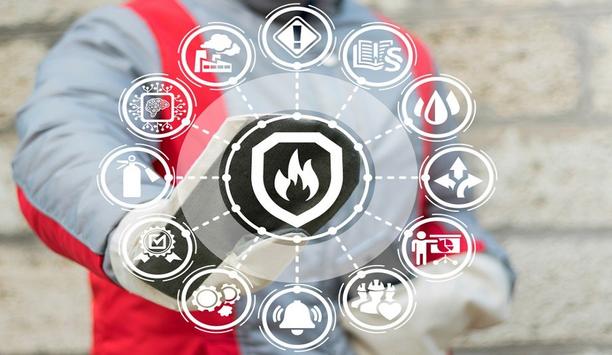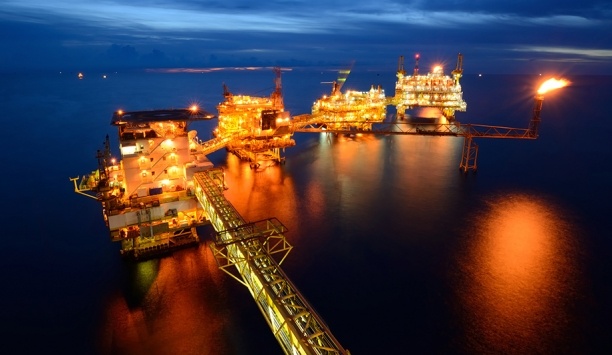Marine firefighting encompasses activities to extinguish any type of fire in a marine environment. For many years, this meant dealing with fires on seagoing vessels, or more specifically, shipping. In this article, Richard Cranham, International Sales Manager at Bristol Uniforms, sheds light on the various fire hazards at sea and the latest protection outfits designed to meet new regulatory standards.
Nature of marine fire hazards
At one time, marine fire risks were primarily associated with shipping and the vessels or their cargoes. In the 21st century, however, the seas and oceans are increasingly becoming sites for static structures. Many of these are associated with oil, gas and other mineral exploration and harvesting.
Clearly the range of fire hazards associated with these different activities varies widely. In some situations, firefighters will be able to work onboard, depending on the severity of the fire, but, following a blow out or explosion aboard an oil rig or gas production platform, fighting the ensuing fire may only be possible from firefighting vessels.
Also, the characteristics of the fires facing firefighters will reflect the volatility and flammability of the materials involved in the conflagration. Some materials burn much hotter than others. Some will throw off burning shards or molten materials, some can be unpredictable either due to the composition of the flammable materials involved (in particular hydrocarbons and chemicals) or prevailing weather conditions. Wind speed and direction can be particularly variable out at sea and can cause rapid changes in the levels of hazard experienced by firefighters.
Personal protection equipment (PPE) to suit the conditions
As with land-based firefighting, the type of personal protection equipment required is increasingly being designed to protect against the specific nature of the fire hazards most commonly encountered.
New marine firefighting standards introduced for use throughout Europe equate the hazards, if not the conditions, associated with typical shipping fires with those commonly experienced in structural fires. This has led to the new Marine Equipment Directive (MarED) standards, enshrined in EU Commission Directive 2010/68/EU, to adopt EN 469 (2005) as its benchmark for basic protective clothing for firefighting (A.1/3.3). This means that, throughout the EU, local fire & rescue authorities can deal with ship-board fires occurring in rivers, docks and coastal waters wearing their regular structural fire kit.
As with all PPE, compatibility is important and appropriately matched helmets, boots and gloves should be supplied |
For parts of the world outside the EU, a new international standard has recently been developed. The new standard, BS ISO 22488:2011 [Ships and marine technology – shipboard firefighters’ outfits (protective clothing, gloves, boots and helmet)], has drawn substantially on the work undertaken for the recently issued European Standard.
Close proximity firefighting involving gas and oil fires requires protection from the intense heat and flames produced in such ‘hot fires’ and call for quite different types of protective clothing. In some circumstances this type of firefighting will require PPE satisfying ISO 15538 (2001) - Protective clothing with a reflective outer surface (A.1/3.3).
New PPE designs to meet new standards
Yellow outerlayer on marine firefighting garments signify its use by emergency incident crews battling different types of fires at sea. Garments meeting EN 469 (2005), as used by European municipal firefighters, can also be deployed by them when dealing with shipping fires on river estuaries, in ports and docks and in coastal waters.
For fighting fires involving shipping at sea, and for other marine fire emergencies, an alternative is the new design fleet suits which are being introduced to coincide with the implementation of the new EU Commission Directive.
As with all PPE, compatibility is important and appropriately matched helmet, boots and gloves should be supplied. In Europe, these should be to MarED approved standards, and include firefighting helmet to EN 443, gloves to EN 659 and firefighter boots to EN 15090 whilst the new international standard, BS ISO 22488:2011, when introduced, may be adopted in other parts of the world.
 | Richard Cranham |
















